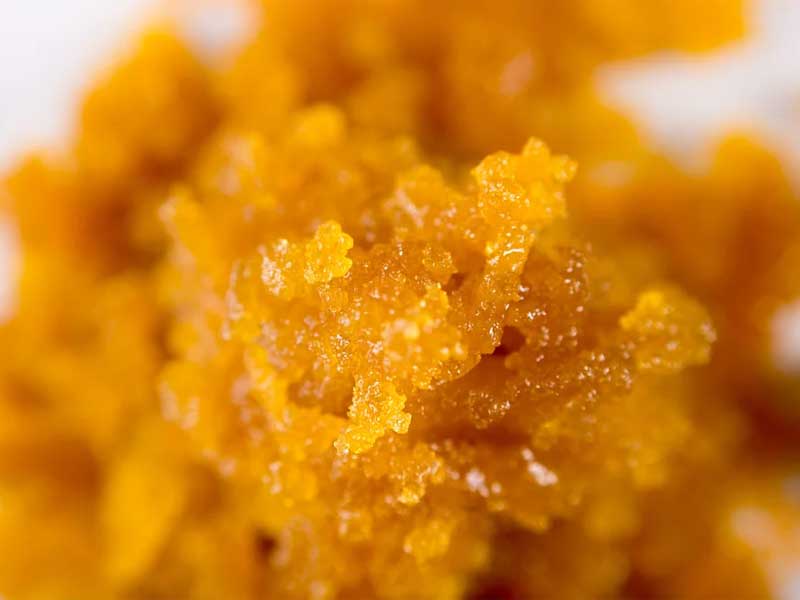CO2 extraction and rosin press are two different methods used in the cannabis industry to extract cannabinoids and other compounds from cannabis plant material.
CO2 extraction and rosin press are two different methods used in the cannabis industry for cannabinoid extraction, each with its own advantages and limitations. CO2 extraction is a more complex and higher-yield method that requires specialized equipment and knowledge, while rosin press is a simpler and solventless method that is known for producing high-quality extracts with unique flavor profiles. Here are six key differences between the two:
Differences 1#: Extraction Method

extraction uses carbon dioxide (CO2) as a solvent to extract cannabinoids from cannabis plant material. CO2 is considered a safe and effective solvent, and it can be used to extract a wide range of cannabinoids with high efficiency. On the other hand, rosin press uses heat and pressure to extract cannabinoids from cannabis plant material. It does not require any solvents, making it a solventless extraction method.
Differences 2#: Equipment
CO2 extraction requires specialized equipment, including a CO2 extraction machine, which uses pressure and temperature to convert CO2 into a supercritical state for extraction. This process requires precise control of pressure and temperature. Rosin press, on the other hand, requires a rosin press machine, which applies heat and pressure to cannabis plant material to extract cannabinoids.
Differences 3#: Complexity
CO2 extraction is a more complex process compared to rosin press. It requires specialized knowledge, experience, and equipment to perform properly. CO2 extraction also typically requires post-processing steps, such as winterization and filtration, to remove impurities and obtain a high-quality extract. Rosin press, on the other hand, is a simpler process that can be done with minimal equipment and experience.
Differences 4#: Yield and Quality
CO2 extraction generally has a higher yield compared to rosin press. CO2 extraction can extract a larger quantity of cannabinoids from cannabis plant material, resulting in higher yields of extracts. Additionally, CO2 extraction can be used to obtain a wider range of cannabinoids and other compounds due to its ability to be tuned for specific extraction parameters. Rosin press, on the other hand, typically has a lower yield and may result in a smaller quantity of cannabinoids and other compounds in the extract. However, rosin press is known for producing high-quality extracts with rich flavor profiles, as it does not use any solvents that can potentially impact the flavor of the final product.
Differences 5#: Cost
CO2 extraction generally requires a higher initial investment in equipment and setup compared to rosin press. CO2 extraction machines can be expensive, and the process requires precise control of pressure and temperature, which may require additional equipment and monitoring. Rosin press, on the other hand, can be more cost-effective as it requires less specialized equipment and setup.
Differences 6#: Terpenes
Terpenes are volatile compounds responsible for the aroma and flavor of cannabis, and they are known to have potential therapeutic effects. CO2 extraction is generally considered a gentler method of extraction compared to other methods like solvent-based extraction, which may help in preserving more of the terpenes compared to harsher extraction methods. However, it’s true that CO2 extraction may not capture the full spectrum of terpenes present in cannabis, as some terpenes can be sensitive to the high pressures and temperatures used in the CO2 extraction process.
Rosin press, being a solventless extraction method that uses heat and pressure, may be able to better preserve the full range of terpenes present in cannabis, resulting in a more complete “entourage effect”. The entourage effect refers to the synergy among different compounds in cannabis, including cannabinoids, terpenes, and flavonoids, that may result in a more holistic and enhanced experience compared to isolated compounds.
So, if preserving the full spectrum of terpenes and achieving the entourage effect is a priority, rosin press may be a preferable method over CO2 extraction. However, it’s important to note that the terpene profile of the final extract will also depend on the quality and freshness of the cannabis plant material used, as well as the specific parameters and techniques employed during the extraction process, regardless of the method chosen.
Final Words
Using a small-scale CO2 extractor in combination with a rosin press can provide a potential way to maximize the economic potential of the cannabis plant. CO2 extraction can efficiently extract cannabinoids and other compounds from cannabis plant material, while the rosin press can produce high-quality extracts with unique flavor profiles. By utilizing both methods, the operator can potentially achieve a higher yield from the CO2 extraction while also obtaining high-quality extracts from the rosin press.
This combination can be especially beneficial for small-scale operations that may not have the resources for larger-scale CO2 extraction equipment but still want to produce high-quality cannabis extracts.
